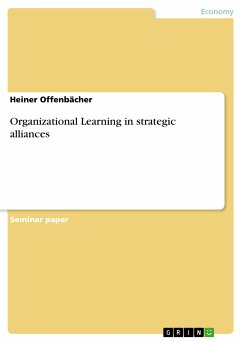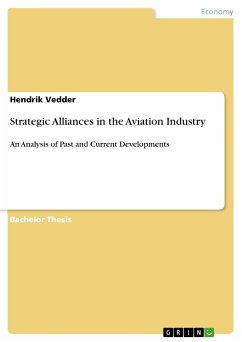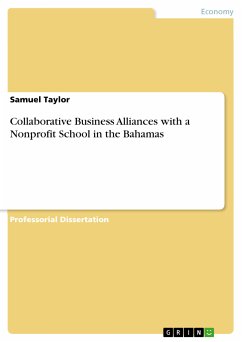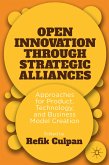Seminar paper from the year 2005 in the subject Business economics - Business Management, Corporate Governance, grade: 1,3, European Business School - International University Schloß Reichartshausen Oestrich-Winkel, course: Seminararbeit Unternehmensentwicklung, language: English, abstract: Over the last decades business environment has undergone severe changes. Due to deregulation, fierce competition, and fundamental breakthroughs in science, industry structures have altered and become very complex and indeterminate.1Moreover, costs involved with product development and entrance to new markets have increased significantly. As firms from all over the globe are competing for the future, their fate is not so much determined by cash, but by intellectual energy: To succeed in the market place learning and acquiring new knowledge becomes increasingly important. Thus, companies need to be perceived as a portfolio of core competencies and value creating disciplines. But as these abilities are not distributed equally among firms, only a limited number can achieve this single-handedly. The great majority, though, needs a helping hand. Firms can create new competitive advantages by orchestrating their resources. Noteworthy, “[…] a firm’s critical resources may also extend beyond firm boundaries.” “Alliances can be a vehicle for gaining access to new knowledge outside traditional organizational boundaries.” This knowledge allows companies to learn from their partners. As a matter of fact, strategic alliances are blossoming: The number of alliances between U.S. firms and partners from Europe, Asia and Latin America has been growing by 25% per year recently. Despite its importance and the richness of opportunities, many strategic learning alliances cannot meet their makers’ expectations. They fall behind in means of performance and valuable output. In an empiric study conducted by Hamel, a majority of interviewed alliance managers expressed disappointment about their alliances’ performance and Inkpen adds that the creation of a successful learning alliance environment is rather the exception than the rule.9Given these diverging and sometimes poor outcomes, this paper explores key factors that determine success of interorganizational learning in strategic alliances.









